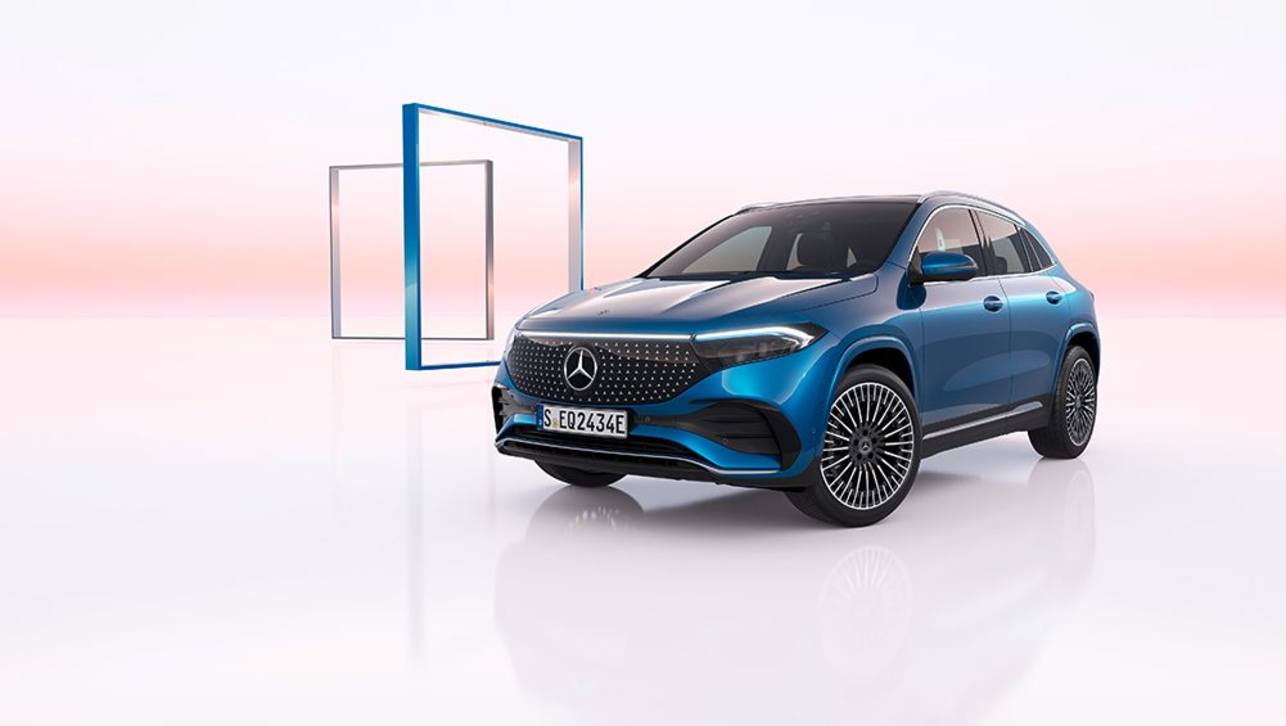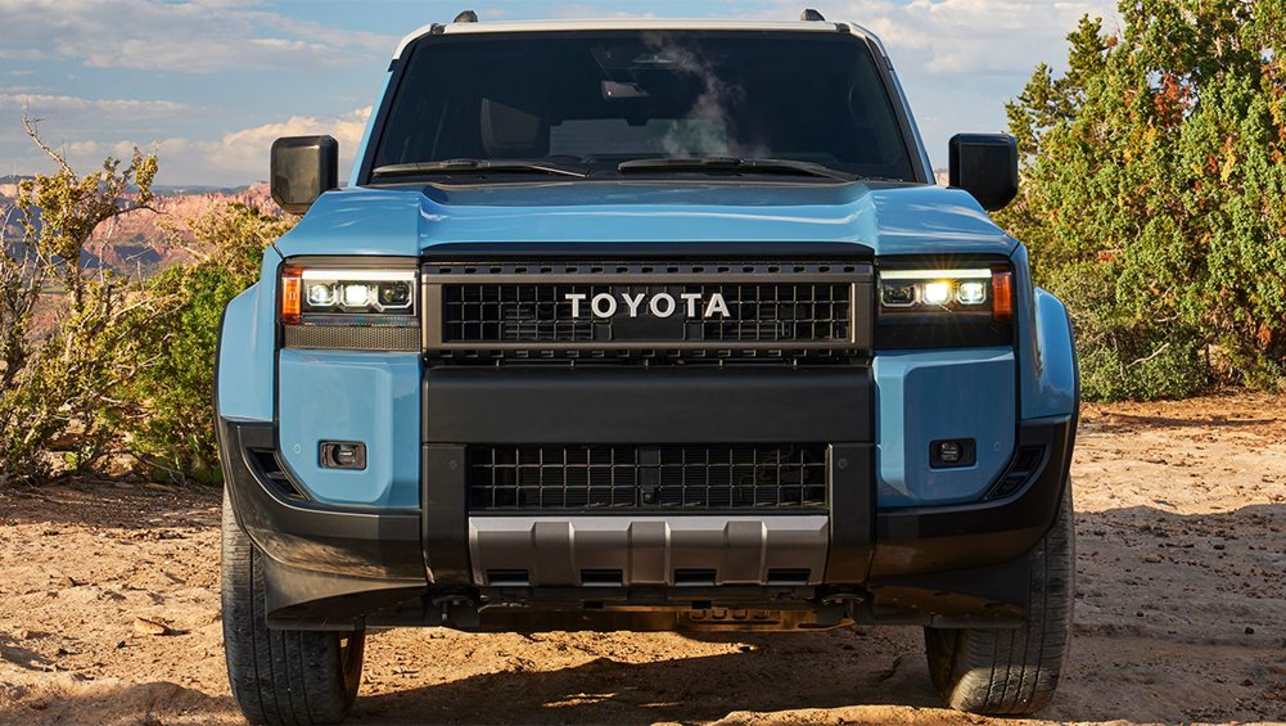With the current model 9-5 now more than 10 years old, the newcomer signals the dawn of a new era for the brand. Supercar maker Koenigsegg is stepping in to buy the embattled General Motors-owned carmaker and it will return to Swedish control after more than 20 years.
This makes the arrival of the newest 9-5 critical to pave the way for future models, according to Saab Automobile's managing director, Jan-ke Jonsson. The 9-5 is sleek, sophisticated and unmistakably Saab and gets its first airing at the Frankfurt Motor Show in two weeks. It will go on sale here next year.
The car's styling is influenced by the award-winning Aero X concept car and pays homage to some traditional Saab design cues. Like Saabs of old, it will have a range of aircraft-inspired innovations like a head-up information display and the car's cabin is an evolution of its cockpit design.
Like its rivals, it will get adaptive bi-Xenon headlights, adaptive cruise control, adaptive chassis tuning, keyless entry and starting, dual-zone climate control and dynamic parking assistance. Saab's all-wheel drive, called XWD, and its eLSD limited slip differential will also be available.
The range kicks off in Europe with a 134kW 2.0-litre four-cylinder turbo diesel with CO2 emissions of 139g/km, as well as a 164kW 2.0-litre petrol turbo engine. All-wheel drive will be available on the top-of-the-line 223kW/400Nm 2.8-litre V6 turbo. Later a smaller 120kW 1.6-litre petrol turbo will be introduced, together with a 2.0-litre BioPower E85 engine. All transmissions will be six-speed.
Jonsson says the company has leveraged its heritage in key areas of the car's design. Visually the front is defined by a deep grille flanked with curving, eyebrow headlights. The ‘disguised’ windshield and side A-pillars are reminiscent of the classic 900 model.
Other Saab design cues are evident in the hockey stick belt-line, the strong rear C-pillars and the flowing roofline into the boot. Inside the cabin there is more leg and shoulder room, particularly in the back. The driver-focused cockpit is traditional Saab with a stop/start button replacing the ignition key on the centre console next to the gearshift.



.jpg)

.jpg)
.jpg)


.jpg)
.jpg)
.jpg)














.jpg)
.jpg)

.jpg)


.jpg)










Comments